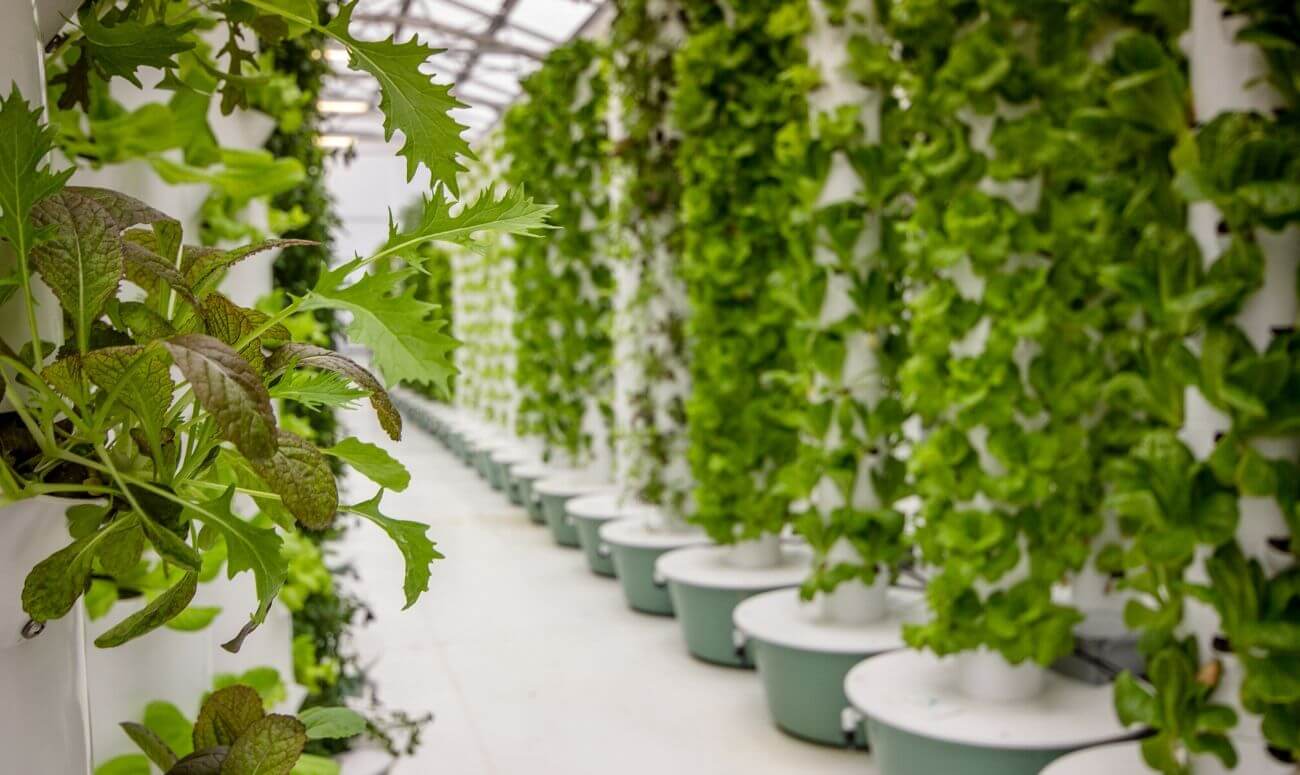While the world is planning for the big shift – from Earth to Mars, scientists are fueling this dream with innovative indoor farming technologies, that will allow us to grow vegetables and fruits in space. This will not only support the future human space colonies but also astronauts who are heavily dependent on pre-packed meals. This ‘space garden’ will help them on their long-duration missions, where they will have access to fresh fruits and vegetables.
And where is the best place to test this technology? Turns out, at the bottom of the world – Antarctica.
But why Antarctica?
Although it seems like an unlikely place for a greenhouse, the isolation, limited resources and the harsh weather conditions make it an ideal analogue of the conditions astronauts face in space.
The whole set-up is very similar to that of a greenhouse. Where water and light levels are controlled automatically. And here, the scientists are already seeing the fruits, and also vegetables of their labour.
How are the scientists doing this?
It is a 12-meter-long mobile facility, which is made from two interconnected shipping containers. It houses soilless technology for indoor farming, which includes temperature and humidity control systems, water recycling, automated nutrient pumping, LED lighting and remote plant monitoring.
This process used for cultivation is called aeroponic – where crops absorb nutrients from a water mist applied at the roots.

Seed trays are prepared using blocks of rock wool soaked in the nutrient solution. Later, when the seeds germinate, they will be transferred to vertical racks.
The vegetables are grown in vertical racks, with the roots exposed in plant growth trays. Everything in these greenhouses can be regulated remotely, except seeding, harvesting and cleaning up have to be done manually.
The crops are kept under proper surveillance systems with high-definition cameras that help track the growth and health of the plant. These cameras are specially adapted to detect plant stress. This way they can segregate the healthy and unstressed plants and if at all there is any problem, then it can be tackled before they become irrecoverable.
The result?
To date, the Alfred Wegener Institute’s Neumayer III station in Antarctica – a German base for polar research, has produced 268 kilograms of crops, including 67 kilograms of cucumber and 50 kilograms of tomatoes. In addition, swiss chard, radishes, fresh herbs, and different kinds of lettuce.
The data and investigation from this project can be also be used to be better Earth-based greenhouses and help farmers produce better, healthier crops in small spaces using an optimum amount of water and nutrients.
We are super excited to see how everything unfolds, what about you?
ThinkRight is now available on Telegram. For handpicked stories every day, subscribe to us on Telegram
Read more: How Having A To-Do List Shoots Up Your Productivity?
Like & Follow ThinkRight.me on Facebook, Instagram, and Telegram to stay connected.






























